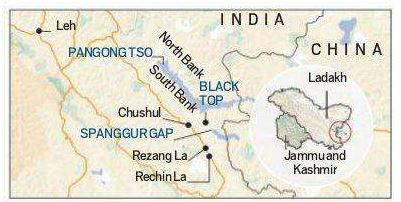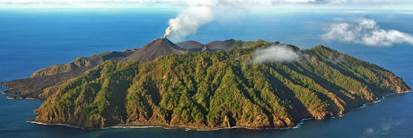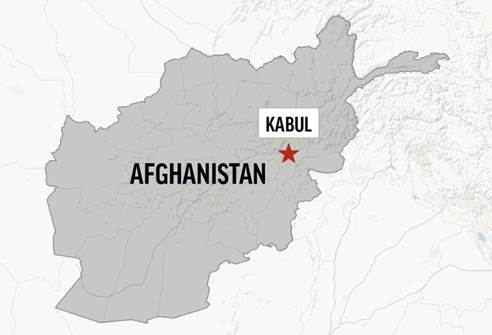




Disclaimer: Copyright infringement not intended.
Context
Pangong Tso

PP15 and 17A

Must Read: https://www.iasgyan.in/blogs/india-china-border-dispute-decoded










© 2025 iasgyan. All right reserved